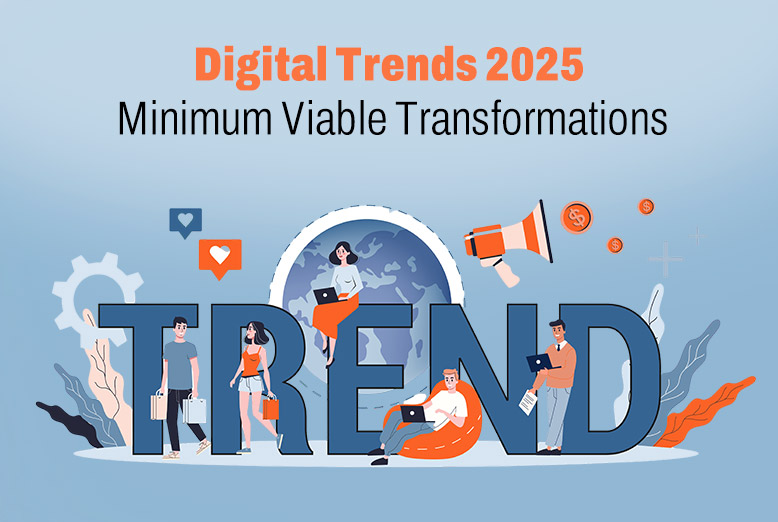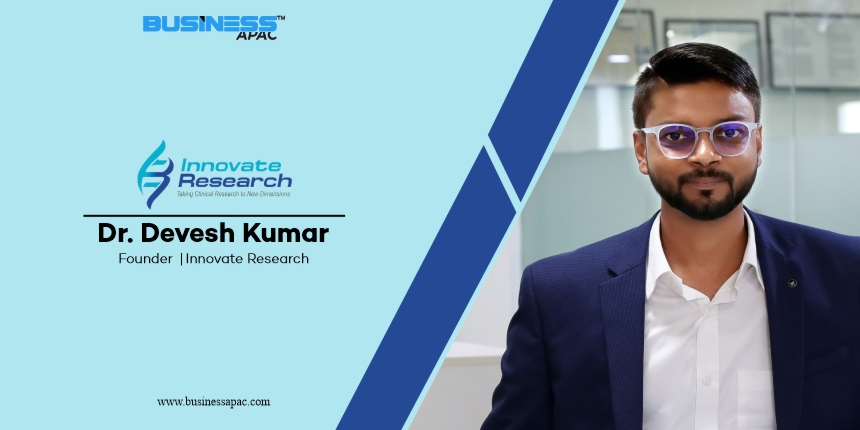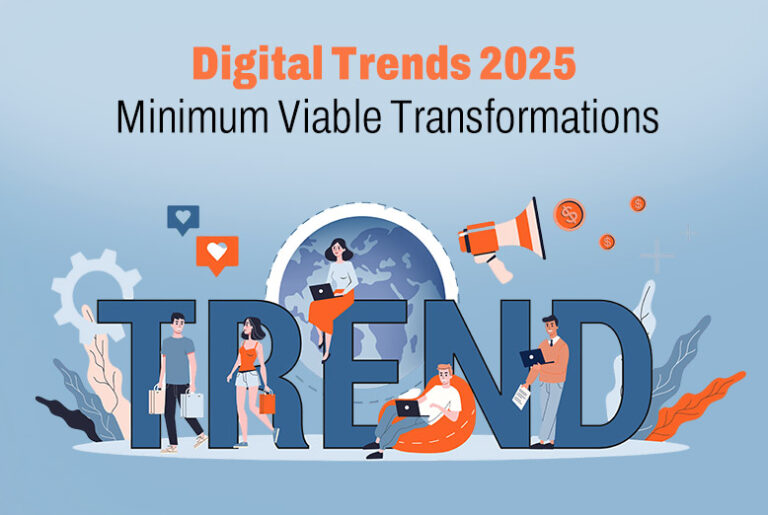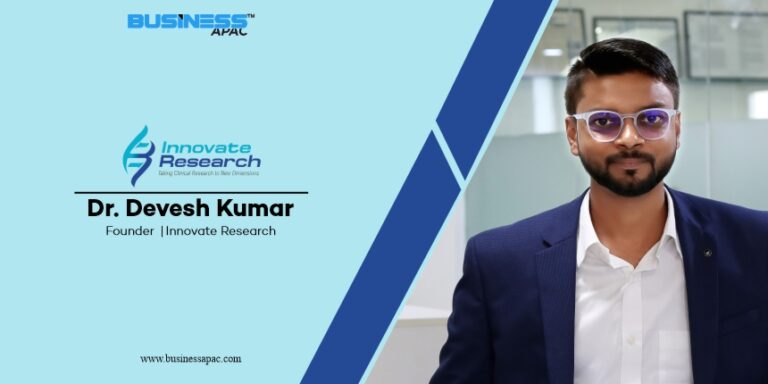For years, the MVP playbook was clear: start small, test fast, pivot if needed. That worked beautifully in the startup world — when you could afford to fail, reset, and try again. But what happens when the company is already big, regulated, or running on legacy systems that can’t just be rebooted overnight?
That’s where MVP thinking has quietly evolved. In 2025, the most interesting MVPs don’t come from startups anymore. They come from banks, manufacturers, and logistics firms — from businesses that already work, but can’t stand still. They’re not testing ideas. They’re testing change itself.
Companies partner with digitalization companies not to build a prototype, but to see how a new process fits inside the old machine. It’s no longer about building a “minimum viable product,” but a minimum viable transformation — the smallest possible step that proves a big shift can actually work.
The New MVP: Proof of Change
A European insurance company recently ran into this exact wall. They wanted to use AI to automate claims processing — but rolling it out across 30 markets at once was impossible. So they built a controlled MVP: one region, one type of claim, one narrow AI model.
It wasn’t glamorous. The backend ran partly on legacy code, the model retrained nightly, and half the workflows were manual. But the company didn’t need perfection — they needed proof that automation wouldn’t break compliance or client trust.
That first test ran for six months. The result wasn’t just faster claims. It was a cultural shift. The team now treats MVPs as operational experiments — small, low-risk sandboxes where transformation can start safely.
And that’s what mvp development services increasingly look like today: structured environments where companies test technology within their governance and data constraints, not outside them.
Mature Companies, New Habits
The startup world treats MVPs as playgrounds. Enterprise uses them as laboratories.
For large firms, every change touches dozens of systems, processes, and people. So they move in micro-transformations — building narrow AI modules or cloud bridges that can later expand.
A logistics platform in North America built a “minimum viable” dispatch optimizer. It didn’t replace the full routing system; it simply suggested better routes for one city. But within three months, fuel costs dropped by 9%. That was enough to justify expanding it to other regions.
These stories show a pattern: MVPs now measure adaptability, not just market fit. Companies use them to test how flexible their tech stack, governance, and teams really are. Sometimes, the biggest insight isn’t whether users want a feature — it’s whether the organization is capable of change.
Why “Fail Fast” Doesn’t Work Anymore
For mature businesses, failure isn’t romantic. It’s expensive. A crashed pilot can mean lawsuits, bad press, or even fines. So instead of “fail fast,” enterprise MVPs work under a quieter mantra: learn safely.
This is why partners like S-PRO help design MVPs that balance technical ambition with compliance — something that’s often more about governance than code. You can’t just “ship and see.” You need to validate data flows, document decision logic, and make sure regulators understand what’s happening before users even touch it.
That’s not slower; it’s smarter. It’s how innovation grows roots in environments that can’t afford chaos.
The Future: Minimum Viable Confidence
If early MVPs were about discovering products, modern MVPs are about discovering trust. They teach teams where the limits really are — technical, cultural, or ethical — before scaling up.
And maybe that’s the real maturity of the idea. MVPs are no longer the reckless teenage years of innovation. They’ve grown up. They wear suits, talk to auditors, and carry KPIs. But they still do what they’ve always done best — make change tangible, one experiment at a time.
Because in the end, transformation doesn’t start with a grand plan. It starts with something small that works — and the courage to keep it running long enough to matter.
Also Read: Consumer Behavior in the Digital Age: Trends and Insights










